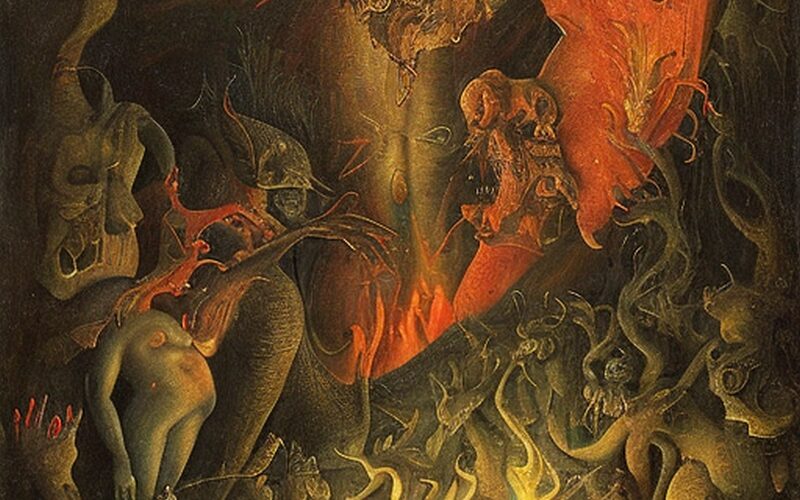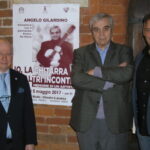Integrating the ephemeral landscape of dreams into the rich fabric of culture and art is an extraordinary task, a mélange of audacity and deep introspection. Subjects that reside in our minds as enigmatic languages are interpreted by artists and writers, who act as mediators between the collective unconscious and the tangible world around us.
Imagine for a moment finding ourselves in the enchanting presence of a canvas by Salvador Dalí, the Catalan artist who rewrote the rules of surrealism. His works transcend a mere collection of dreamy images to become direct confrontations with the foundations of rationality. Take, for example, his iconic “The Persistence of Memory,” where limp watches drape over twisted forms of trees and inert objects. It’s almost as if Dalí wanted to underscore the malleability of time itself, the elasticity of laws we think are immutable.
The elephants, frequently evoked figures in his paintings, carry on them delicate legs, like steel stems, defying every concept of balance and gravity. They are vivid examples of the volatility of reality, an expression of his belief that even the most solid entities can be transformed into something evanescent through the power of his art.
Dalí does not stop at merely remixing the visible; rather, he attacks the very norms that govern our perception of the world. In this realm created by his genius, logic is set aside, relegated to a servile role, while imagination and irrationality reign supreme. It is not just a mere deformation of reality, but its total reconfiguration, where each detail becomes a mystery ready to be unveiled.
His works are not just artistic masterpieces; they are portals that urge us to explore the depths of our inner selves. Each stroke of color on the canvas is an invitation to doubt our beliefs, to reconsider if reality is just one of the numerous representations we can grasp. With his art, Dalí not only dismantles our preconceived notions but also encourages us to accept and assimilate the anarchy and ambiguity that constitute the underlying structure of our existence. In this way, he incites us to recognize that logic is just one form of truth among many, and that there are still virgin spheres of the mind and soul, ready to be explored and understood.
Let’s delve into the depths of the literary world of Edgar Allan Poe, the skilled artist who knows how to navigate the darkest recesses of the human mind. With the meticulousness of a surgeon, his writing style plunges into the emotional and psychological labyrinth, probing the most hidden mysteries of the heart and soul. Immersed in gloomy environments and among figures on the edge of sanity, we find ourselves in a whirlpool that blurs the sensible with the supernatural. Take, for instance, stories like “The Tell-Tale Heart” and “The Black Cat,” where the border between the real world and illusion becomes evanescent, questioning the firmness of our beliefs.
Every figure that inhabits Poe’s stories becomes a messenger of a territory at once familiar and alien, as if they embodied the distortions of our deepest apprehensions. Under his guidance, the line of demarcation between concrete reality and the products of our imagination becomes shattered, forcing us to confront the anxieties and dilemmas we usually prefer to set aside. The world yields to the weight of his words, and the question arises: where does the realm of logic end and the domain of the irrational begin?
If we then extend our field of vision to include not only the world of visual arts and literature, we ponder the importance of dreams and the irrational in music, theater, and film. Artists of the caliber of Chopin in musical fields, or visionaries like Luis Buñuel in cinema, use the universal language of emotion to probe the abysses of human experience. Whether they are piano pieces that stir our spirit or films that rewrite our perceptions of space-time, the ultimate goal is always the same: to catapult us beyond the boundaries of reason, into that unexplored zone where the most sincere emotions and the most hidden thoughts reside.
In every case, art serves as a tool to explore the complexity of the human, examining that vast range of emotional tones that transcend the confines of rationality. And through these diverse artistic expressions, we are constantly pushed to reconsider the certainties that characterize us, to recognize that reality is an intricate and varied fabric much more than our rational mind is willing to admit.
In each of these examples, art acts as a midway, a bridge between the concrete and the ethereal. It is a compass with which we can navigate these divergent universes, a means to unveil the enigmas of human consciousness and, ultimately, to confront our most genuine selves. Through their efforts, these interpreters of culture make us understand that dreams are not just fleeting journeys into fantasy, but catalytic forces for awareness, maturation, and transformation. They make the invisible visible, give form to the unspeakable, and materialize the elusive.












